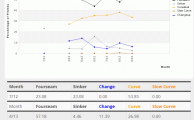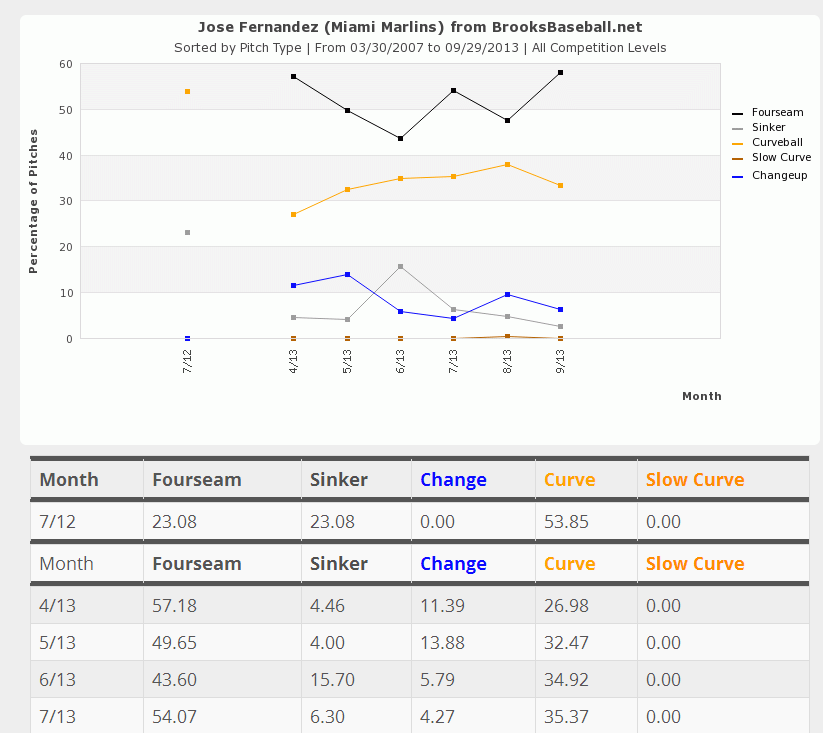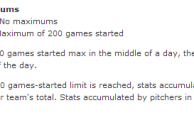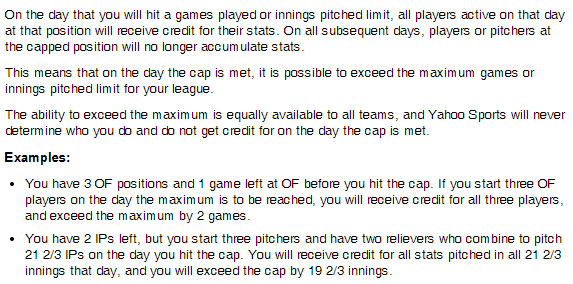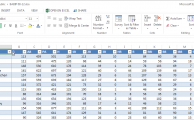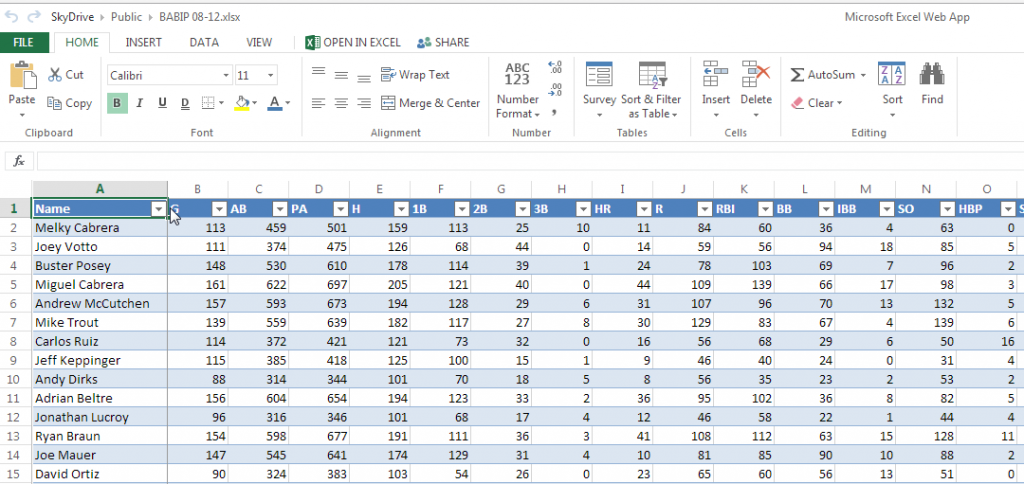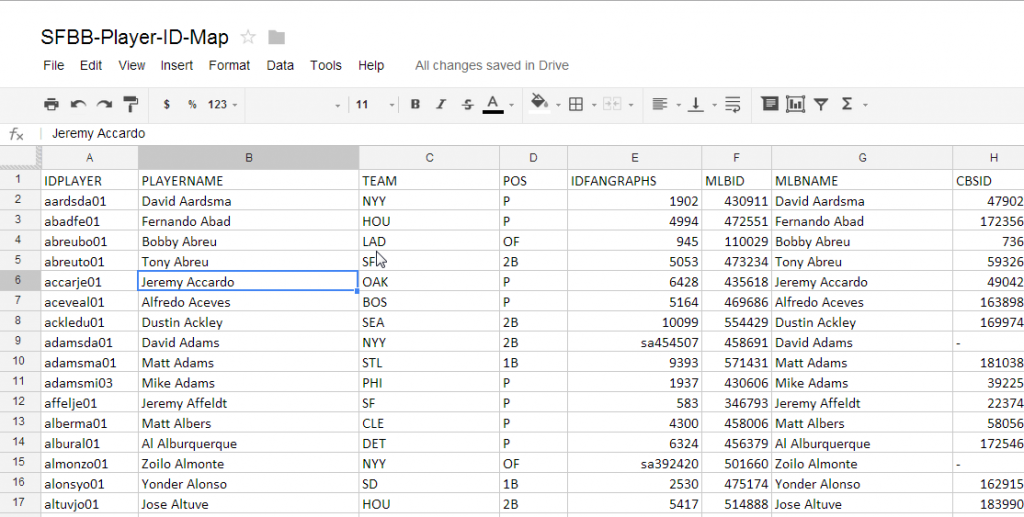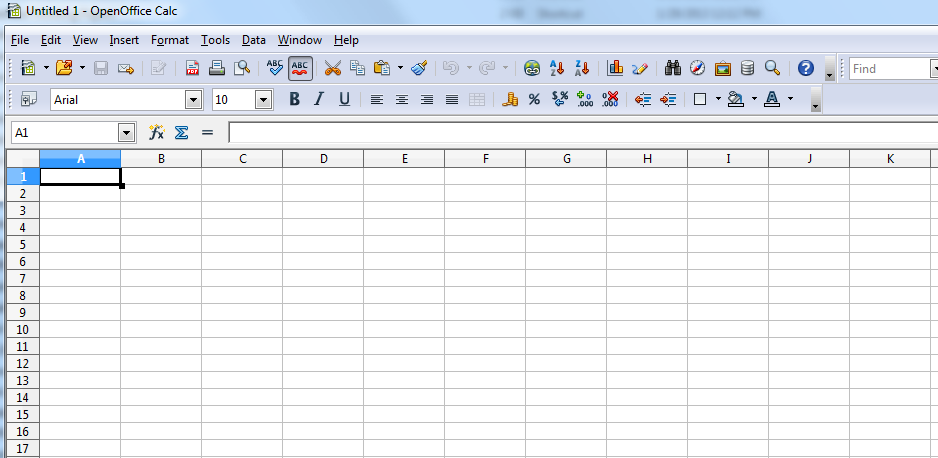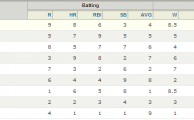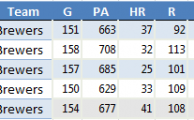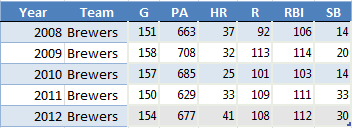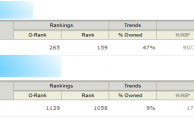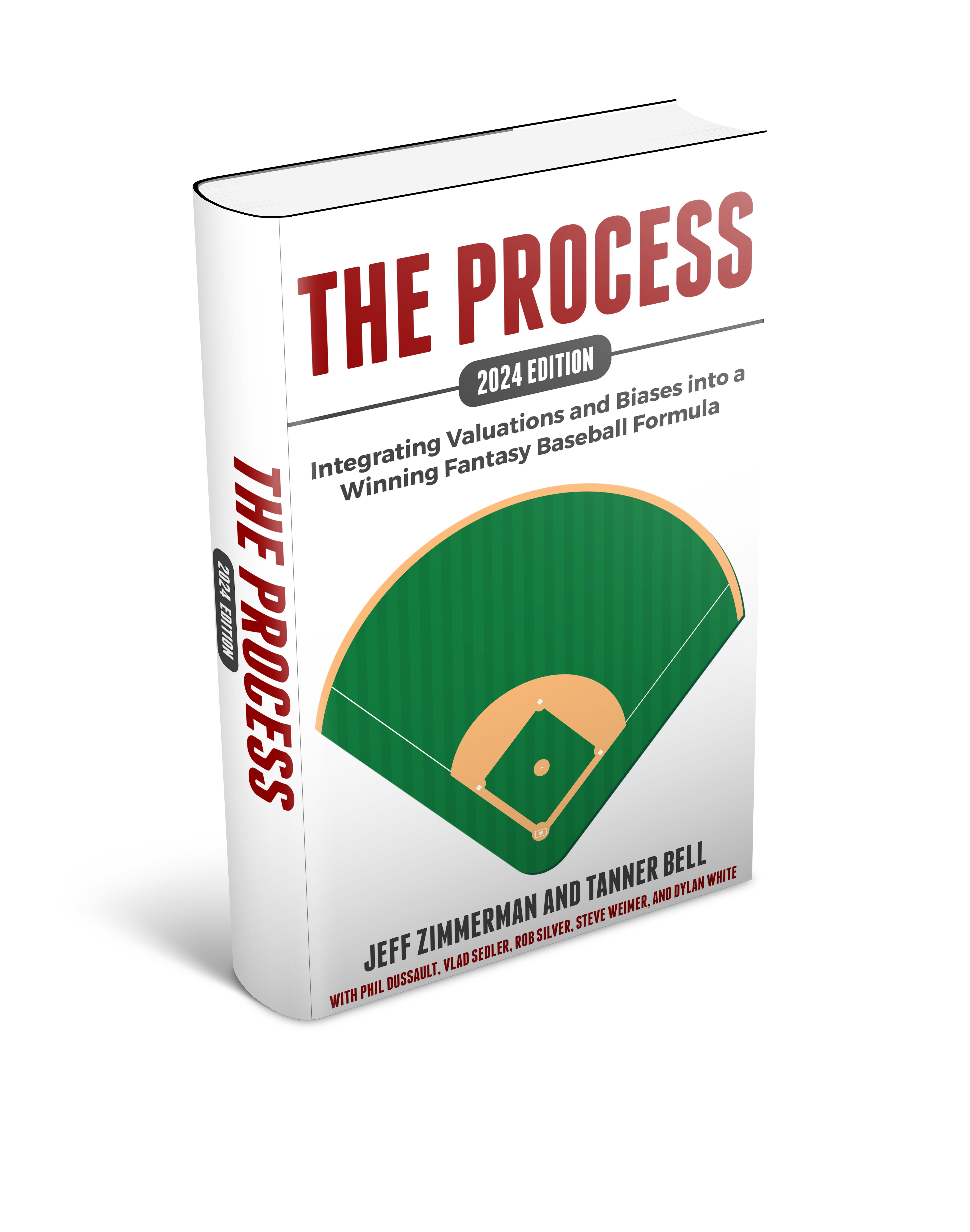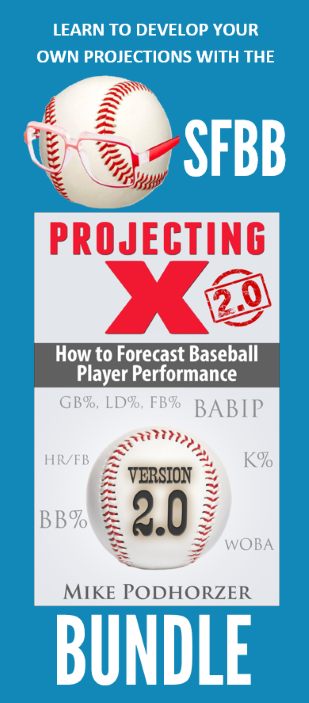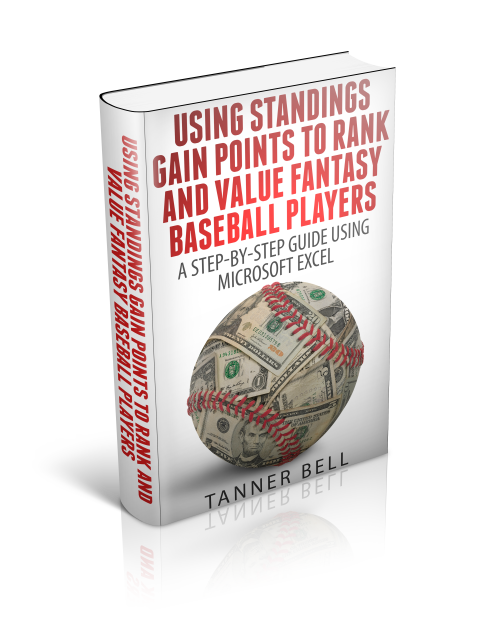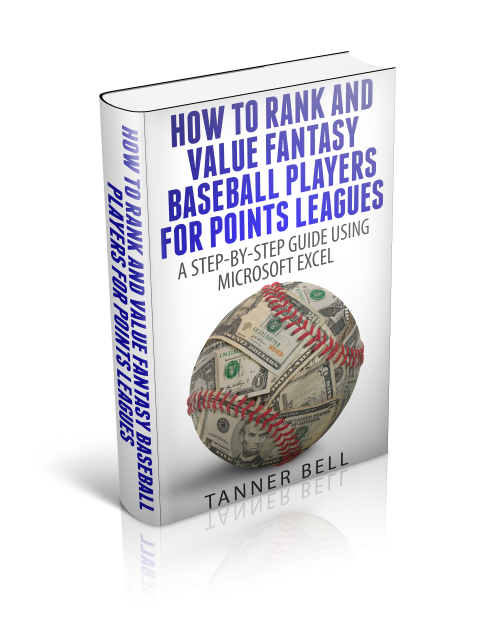The case study below looks in detail at how to perform a review of your league standings. This specific case study is written from the perspective of performing this review in late August, but reviewing and assessing your league standings is a valuable exercise to perform at any point in the season.
This review will guide the moves you make throughout the season. It’s absolutely critical to have an in-depth understanding of the league standings. This is not a simple exercise. It will take time. But that’s exactly why it’s advantageous and why it can be an advantage for you.
It’s Late August. You’re In The Middle Of The League Standings.
How many rotisserie points can you legitimately expect to gain in the standings at this point of the season? If you think you’re out of it, or don’t think you can catch the leaders because you’re in fifth place, I’d encourage you to take a closer look. You might be surprised at how significantly things can still change.
The Standings
For the rest of this case study, assume the standings shown in the table below. Let’s look at things from the perspective of the team in fifth place, E.A.B.O.D. Does this team have a chance to catch the leader?
The first thing worth noting, besides the fact that I play in a nine team league (I’ve been trying to tell you I’m just a “regular guy”), is the first place team has a sizeable lead over the rest of the pack and sits at 68.5 points. Then things are tightly bunched with four team near the mid-50s.

This Is Just A Battle For Second PLace, Who Cares
We’ll take a look at if catching the first place team is possible in a moment. But even if this is just a four-team battle for second place, taking this battle seriously, applying a well-devised strategy, and making a full-fledged effort to pass the current fourth, third, and second place teams is a valuable exercise. What if next year it’s a four-team race for first? Or even a two-team race? If you’re able to win a four-team race over the last month of the season, next year’s two-team race will seem simple.
I got the idea for this case study while listening to Todd Zola on the August 9th edition of the BaseballHQ Radio Podcast. His point was that it really doesn’t matter what place you are in the standings. The exercise of going through a review of your team and the league standings in order to gain a few points is great practice. Always seek to improve your team. You’ll learn a lot from these seemingly unimportant battles.
Let’s Take A Closer Look
Remember, with roughly one month to play, we currently sit in 5th place at 52 points. If we are to somehow pull this miracle off, we would need to reach 69 points, meaning we must somehow climb 17 points in the standings.
The best way to figure out how many points are possible? Go category-by-category through the standings and figure out what points can easily be earned and those that could be earned with a little luck. It’s also worth looking at the categories in which we could lose points (easily or due to bad luck).
Starting with runs, we’ve got a total of 830 runs to this point in the season. Trying to be realistic about how many runs can actually be made up in about one month, we’ll say making up one run a day is possible, but not likely. More likely, making up 15 runs over the next 30 days is a realistic possibility. So anyone within 15 runs of our 830 total can be caught, giving us another rotisserie point.
Looking at the actual standings below, only one team is between our 830 runs and the attainable 845 (that’s SpartyOn with 841). One additional team, The Naturals, is within 30 (at 857 runs to our 830).

So that’s one standing point we can realistically gain (catching SpartyOn) and one more we could possibly gain, but it’s unlikely (The Naturals). Note, if you’re also concerned about being caught in the standings, tracking the points you could potentially lose is another valuable exercise. There is one team hot on our tails, with 827 R, and two others within 30 runs (805 and 802).
Summarizing the points we could gain or lose:
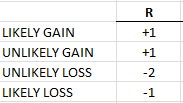
Now extend this exercise out to the remaining hitting categories. We’ll say anyone within 12 HR can realistically be caught and within 20 could potentially be caught. Within 15 RBI can legitimately be caught and 30 RBI is possible but unlikely. 10 SB can reasonable be caught, 20 would be possible but unlikely. And within .003 BA points can be caught, .006 would be possible but unlikely.

Pitching Is A Little More Complicated
This particular league happens to have an innings limit of 1,550 innings. Innings can be manipulated more easily than games played by hitters. A team could theoretically start streaming a multitude of pitchers and easily increase innings in the short-term, whereas the limited number of lineup spots and days off for hitters prevents you from increasing at bats in the short-term. This leads to potentially distorted pitching standings.
Look at the current standings below. Take for instance, The Heat in seventh place. The team is clearly ahead of everyone else’s pace for innings pitched and will hit the 1,550 cap soon. The 1,185 strikeouts in 1,364 innings isn’t nearly as impressive as the 1,145 strikeouts the Warriors (eighth place) have in 1,132 innings. The Warriors need only 40 strike outs in the next 200 IP to catch The Heat. So we have to take the innings pitched distortion into account.

The innings pitched distortion can only affect raw counting stats like W, SV, and K. Pitching more or less innings can’t directly affect rate statistics like ERA and WHIP.
Looking more closely at wins, we can calculate the rate at which teams are earning wins by dividing wins by total IP. This gives us “Wins per inning”. Granted, this is an odd statistic and it’s not useful for many things, but it will help us remove the distortion caused by teams simply having more innings pitched than others.
Our hypothetical team in this case study is highlighted in yellow with 73 wins, or 0.065 wins per IP. Looking at other teams, we actually have a higher wins per inning than the team with 1,364 innings pitched. Even though that team has 86 wins, we are earning wins at a faster rate (0.065 vs. 0.063). Theoretically we can pass this team simply by continuing to start our current pitchers. Once we get to 1,364 innings, we should have more than 86 wins.
The other team with 86 wins (in 1st place) can’t be caught. We have nearly the same number of innings (1,129.33 vs. 1,129.66), but they already have 86 wins to our 73. And because we are in third place for wins (86, 86, then our 73), there are no more points to be made up in wins.
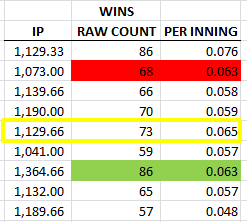
(more…)



